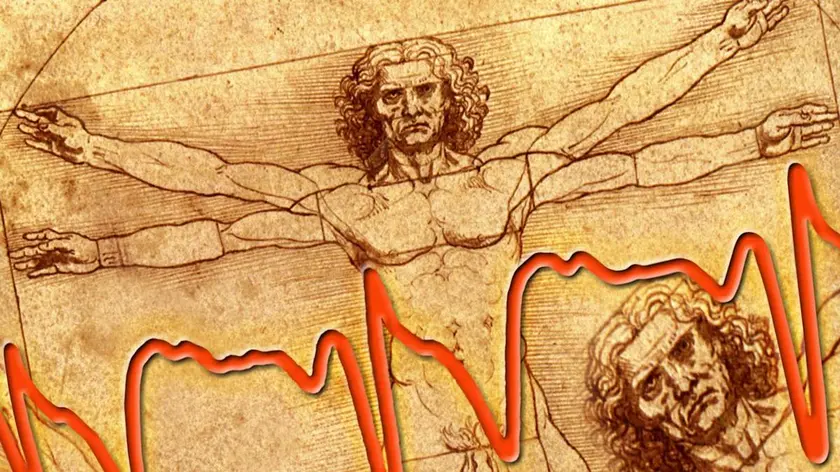T4K3.news
Da Vinci Heart Sketches Open New Chapter in Cardiology
Scientists reveal a functional role for myocardial trabeculae and link it to disease risk using large data and new analytics.

Scientists reveal a functional role for myocardial trabeculae and link it to disease risk using large data and new analytics.
Da Vinci Heart Sketches Open New Chapter in Cardiology
A Nature study shows myocardial trabeculae have a real function in heart performance. Using MRI, fractal analysis, and genetic data from more than 18,000 UK Biobank participants, researchers show trabeculae influence blood flow efficiency and connect to higher risk of heart failure and arrhythmias.
The work challenges the view that trabeculae are remnants of embryonic development and points to genetic factors that shape these structures. The team maps several genetic loci linked to trabeculae formation, raising possibilities for early detection and targeted therapies for cardiovascular disease.
Key Takeaways
"The heart reveals a hidden map in its branches"
Highlight finding that trabeculae relate to blood flow
"Genetics may unlock new tests for early heart disease risk"
Editorial takeaway on clinical implications
The article blends long standing curiosity with new tools. It shows how big data and cross disciplines can rewrite basic biology. Translating these associations into therapies will require caution and replication.
The study also raises questions about access and interpretation. If genetics help predict risk, careful guidance is needed to avoid anxiety or discrimination. Still, the work hints at a future where heart health can be personalized beyond standard risk factors.
Highlights
- The heart hides a map in its branches.
- A 500 year old question meets modern data.
- Fractal patterns turn anatomy into prediction.
- Science links art history to heart disease risk.
The quest to understand the heart continues, guided by Leonardo's legacy.
Enjoyed this? Let your friends know!
Related News

Heart study reshapes view of anatomy

Dan Brown set to release new Langdon book

EACH opens charity shop in Norwich Castle Street former Body Shop

New heart age calculator reveals hidden risks for Americans

New restaurant to replace Il Pirata

Nudist beaches open a new chapter for British holidays

Son Heung-min officially joins Los Angeles FC

Ronaldo engagement announced
